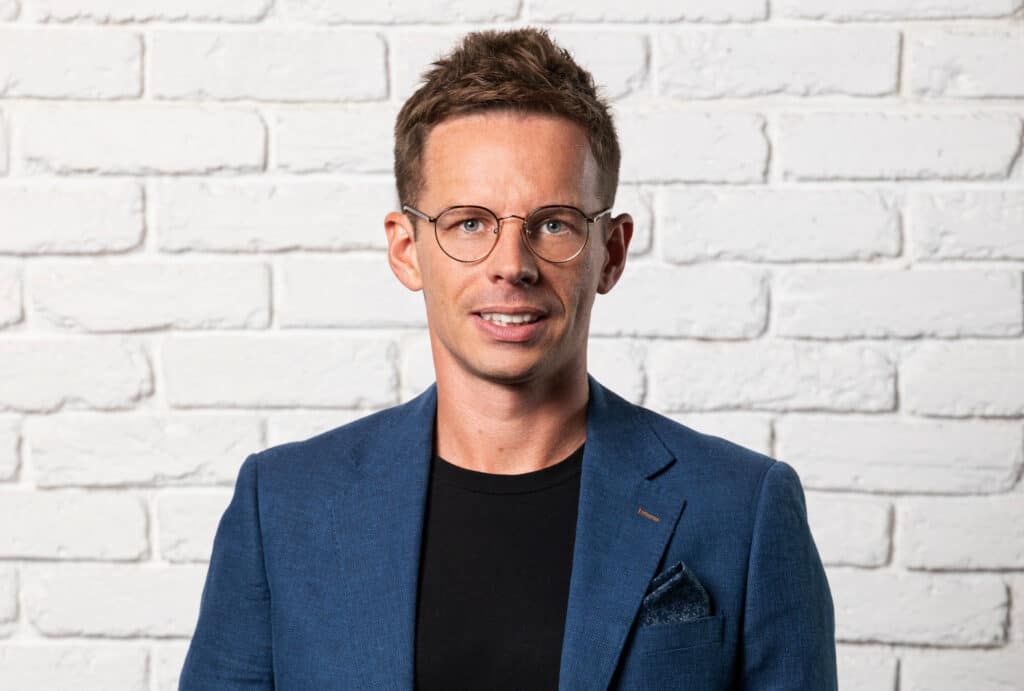We often get asked the best way to hire and, specifically, about own hiring process. That’s not surprising because we obviously have strong views on the best way to hire, and we also have the benefit of seeing how some of the best companies hire.
When we hire someone we eat our own dogfood, so to speak, because we use our own platform. So if we don’t have a good experience, or end up hiring the wrong person, the joke’s on us. Now that we’ve got it down to a fine art, I’d love to share how think about hiring and build our team at Vervoe, step by step.
We designed our hiring process with a few objectives in mind:
- We want candidates to buy into what we’re doing before convincing us they should be hired.
- It should reflect the principles we use to build our software: simple, human and intelligent.
- We set the minimum amount of parameters possible and leave the rest up to the candidates. We’re open to being challenged about the role.
- Character before skills.
- There is a direct relationship between how much people want the job and much they’ll invest in the process.
Here are the steps we follow when we identify an opportunity to grow our team.
The Role
We start by focusing on what we want the role to achieve instead of the exact details of how it will be executed. It’s the “why” of the role. For example, saying we want to rank highly in Google searches (the why) is different to saying we need to do search engine optimization (the how).
This is important because it sets the tone for how we communicate, and it leaves the door open for candidates to challenge our assumptions. We still articulate very clearly what candidates can expect to be doing on the job, but we focus on what we’d like them to achieve.
Our job descriptions typically include three components:
- Why you should join Vervoe. You can read our story here.
- What you’ll be doing on the job.
- What kind of person we’re looking for.
More on how we write job descriptions here.
The Funnel
Our hiring funnel typically looks like this:
- Character-based assessment. We don’t do any pre-employment screening (here’s why), so every single applicant gets a chance to do the character-based assessment. Between five and ten percent of applicants progress to the next stage.
- Skills-based assessment. This will usually involve an advanced practical exercise that gives lots of candidates a chance to prove their skills. Usually only one or two applicants progress to the next stage.
- Discussion with the founders. Given we have already validated character and skills, this discussion tends to be informal. We want to make sure we have good chemistry, address any unanswered questions from the prior stages and discuss the practical aspects of the role.
- Discussion with the team. We hire for cultural contribution rather than cultural fit, so we don’t look for more of the same. But it’s critically important that our existing team members participate in the process.
- Offer.
Now let’s go over each step in a bit more detail.
Character-based Assessment
First, what is it?
We have a fair idea of what it takes to be successful in our company, just like you know what makes someone successful in yours. While each role is different, there are a few characteristics that are role-agnostic. That’s why we start with a character-based assessment.
It’s usually eight to ten questions about habits and preferences. There is no right or wrong in an objective sense, only degrees of suitability. The main objective is to work out whether people understand what it’s like to work at an early-stage startup, have prepared themselves for that environment and will thrive in it. Startups aren’t for everyone.
Many of the things we look for – curiosity, grit, collaboration, resourcefulness, tenacity, dexterity – will hold candidates in good stead at any startup. We also know that people who love what we’re doing tend to be self-motivated and autonomous, which suits our leadership style.
We have written our own character-based assessment script. You can write your own, use ours, or choose others from our assessment library.
Skills-based Assessment
This stage should be technical and rigorous. We don’t start with skills for two reasons. First, we like putting character first. Second, this stage requires more effort and candidates are more likely to invest if they know they have a higher chance of being successful. If we asked 150 applicants to do a three-hour design exercise, the completion rate would be poor. But when we ask six highly-engaged candidates who have progressed to stage two, everyone does it.
There are two ways to do this. The first is to have one significant task, complemented by several short, follow-up questions. Examples: create a GIF, build a financial model, write a blog post, write code.
The second is to have a series of short tasks that take five to ten minutes each. Examples: respond to an angry customer, write an email to a customer, solve a short puzzle.
The objective is to determine whether, and how, candidates can do the most important tasks they’ll be expected to do on the job.
Unless you’re an expert in the role you’re trying to fill, I recommend choosing a skills-based assessment script from our assessment library. We’ve often used technical assessment scripts written by experts to help us hire. We did this when we hired our first product designer, and it helped us enormously.
Founder and Team Discussions
We usually only speak to people who were successful in both assessment stages, so it ends up being one or two top candidates. But then we invest in them heavily.
At this stage of the process it’s a two-way street. We expect candidates to ask us as many questions as we ask them. We already know they can do the job, so the focus is on how we can work together, invest in each other and grow as a team.
There is no limit on the number of conversations. Sometimes we encourage candidates to meet more people, or come back for another discussion with the founders. It’s the human component of the process, and it’s tailored to every situation.
Offer
We’re often in a position to make an offer within a few days of creating the role. There is no pre-employment screening, so every applicant can do the character-based assessment immediately. We progress candidates through the funnel very quickly, and once we make a decision we don’t waste any time.
We typically agree to all reasonable requests from candidates. There isn’t much point being cheap with the little things. In our experience, when people buy into the mission and find their work stimulating, everything else gets much easier.
If you’re looking for guidance on how to know you’ve actually hired the right person, you might enjoy reading this.




















